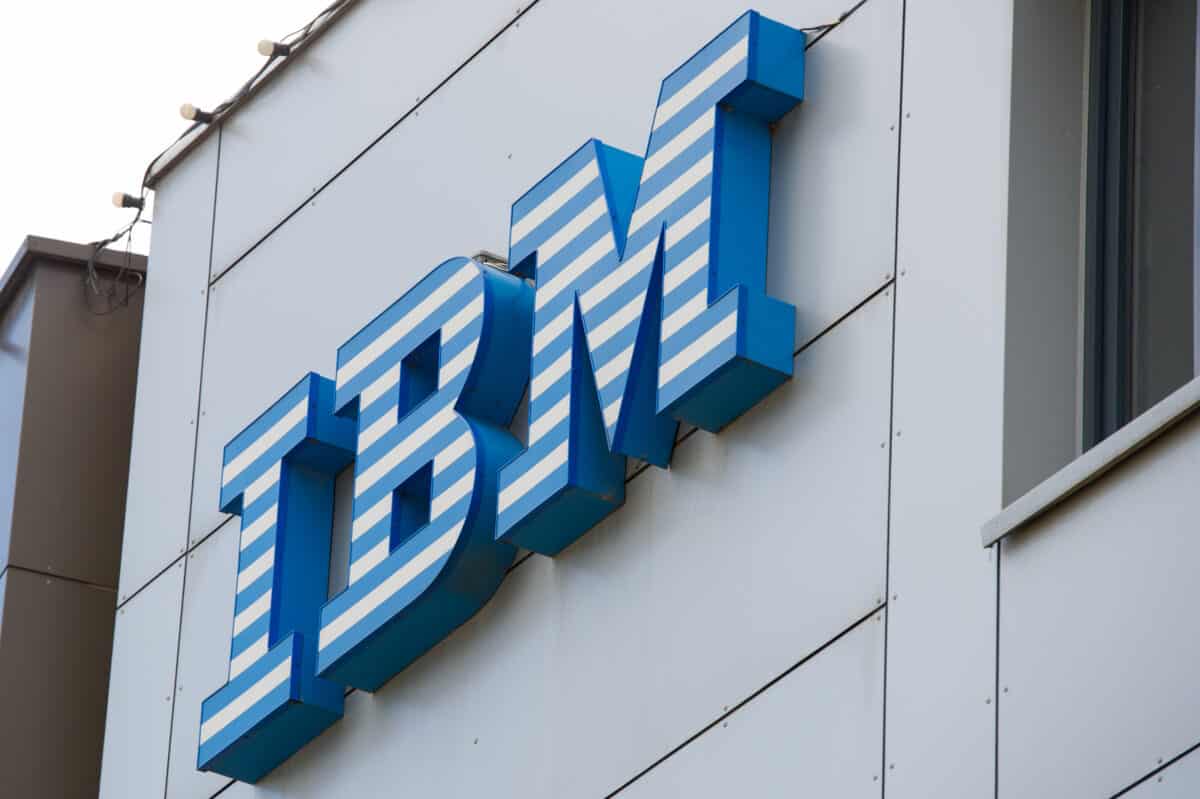In 1987, inventor William C. Mortimore founded Merge Healthcare in the basement of his home in Milwaukee, Wisconsin. He recognized that healthcare facilities such as hospitals and clinics were filled with computerized medical equipment and devices that were unable to communicate with each other because they had been made by different manufacturers. He sought to provide what he called the “electronic plumbing” that would allow medical devices such as CT and MRI scanners to interface with printers, independent workstations, and other administrative information management devices.
In 1987, Bernard Mitchell Hospital in Chicago allowed Merge to test its “electronic plumbing,” which, at that time, consisted of software and a small black box that allowed equipment from two different vendors to communicate. The software allowed a radiology technician to select and send multiple magnetic resonance images to a laser film printer instead of manually processing them one at a time. The hospital realized that this technology freed up radiology techs to be with patients by eliminating manual work and it purchased a Merge system for its radiology department in 1990.
Quick Facts
- Year Founded
- 1987
- Founders
- William C. Mortimore
- Industry
- Medical Imaging Software
- Headquarter
- Milwaukee, WI
- Key People
- William C. Mortimore, Richard A. Linden
- Notable Products
- MergeNet, FUSION Server
- Website
- https://www.ibm.com/watson-health/about/merge-healthcare
Learn more about the evolution of Merge systems and the company itself.
The History of Merge Healthcare: What to Know
In the 1980s, imaging devices like CT scanners and MRIs were becoming standard pieces of medical equipment. However, hospitals and other medical centers faced a problem. Machines by different manufacturers did not communicate well. This lack of compatibility made it difficult to pass scanned images to printers and offsite workstations.
Merge Healthcare opened in Milwaukee, WI offering a solution to this issue. The company developed software and connective hardware that assisted communication across devices, an innovative solution that streamlined the workflow between imaging and diagnosis.
The company was private until its IPO in 1997. Merge continued to grow, acquiring several medical imaging and information companies along the way.
At the same time, its products became more advanced, expanding from imaging resources to medical information software. In 2002, the company introduced its FUSION Server, a comprehensive image management system.
An accounting scandal damaged the reputation of Merge Healthcare in 2006. This shakeup led to the resignation of the CEO and several board members and a deep drop in stock price. The company survived and recovered over the next few years. In 2015, IBM purchased Merge for $1 billion. Its resources are now part of the Watson Health Division of IBM.

©iStock.com/Pornpak Khunatorn
The Founding of Merge Healthcare: How It Happened
Merge founder William C. Mortimore started his company to solve the problem of limited communication between medical devices from different manufacturers. For example, to print an image, technicians might have to record the data onto a magnetic tape and then load that tape into a printing device. The lack of clean communication delayed the diagnostic process.
Mortimore developed a physical converter along with software that would enable direct communication between incompatible devices. In 1987, the Bernard Mitchell Hospital in Chicago was the first medical facility to try out the new solution. Sixteen other hospitals had adopted the system by 1991.
Merge Healthcare Through the Years
1987-1997
In 1987, the company started with a system to make medical imaging workflow more efficient. Over the next 10 years, the operation expanded from a basement startup to a full-grown company with 55 employees. In 1997, the IPO raised over $10 million in stock sales.
1998-2006
In the early 2000s, improved networking solved many of the incompatibility issues that the Merge System addressed. The company moved from a sole focus on imaging machines to creating medical information software products.
These years also represent significant growth for Merge. A series of acquisitions improved their position as a top software provider in the medical industry. They also opened international branches in Japan and China. However, a 2006 accounting scandal led to the resignation of the CEO and other board members and made the future of the company uncertain.
2007-2015
In 2008, an influx of cash from an investment group and a change in leadership improved the health of the company. Finally, in 2015, IBM purchased Merge in a $1 billion acquisition deal.
What Is the Most Important Invention from Merge Healthcare?
The Merge System
The original Merge System invented by William C. Mortimore in 1987 is the device that launched the company. This first product was a combination of software and a piece of connective hardware that allowed machines from different manufacturers to communicate. The device streamlined the medical imaging process, but improved networking technology made it unnecessary within a few years.

©JuliusKielaitis/Shutterstock.com
How Did Merge Healthcare Make Money?
Merge Healthcare made money by providing solutions for the data-rich medical imaging sector. In the 1980s and 90s, the company created medical information software intended to streamline the process of getting medical images to workstations and patient files.
As more medical facilities moved to digital patient files in the 2000s, the company provided software to aid the process. Tools like MergeNet and FUSION Server improved image management as more facilities embraced filmless imaging.
Merge Healthcare Acquisitions
Interpra Medical Imaging Network – $600,000 – 1999
The acquisition of Interpra Medical Imaging Network by Merge took place in 1999 for $600,000 in stock. This small company focused on workflow and medical information software solutions.
eFilm Medical Inc. – $8 million – 2002
Merge acquired this Toronto-based company for $8 million in 2002. eFilm specialized in medical imaging workstations and viewers.
Aurora Technology Inc – $869,000 – 2002
Also, in 2002, Merge used stock and cash in the acquisition of Aurora Technology of Lake Bluff, IL. The cost of purchasing this smaller imaging company was $869,000. The purchase expanded the customer base for Merge.
RIS Logic Incorporated – $2.72 million – 2003
In 2003, Merge purchased RIS Logic Incorporated for $2.72 million. This company was known for producing software for radiology information systems.
AccuImage Diagnostics Corp .- $6 million – 2005
AccuImage Diagnostics developed software for visualization and imaging. Purchasing this company for $6 million supported Merge’s efforts in the digital imaging space.
Cedara Software Corp. – $393.4 million – 2005
The acquisition of Cedara Software in Toronto was an important step for Merge. The stock-swap deal was unique because Cedara was a larger company with a higher market value. This transaction doubled the size of Merge Healthcare.
IBM – $1 billion – 2015
The IBM corporation acquired Merge Healthcare in 2015. This acquisition gave the technology company access to databases with millions of medical images to improve IBM’s medical AI resources. Merge is now part of the Watson Health Division.
Merge Healthcare Notable Controversies
2006 Accounting Scandal
In January of 2006, the board of directors at Merge received an anonymous letter that pointed to accounting irregularities around the merger with Cedara Software. Investors filed several class-action lawsuits that claimed the company deceived them about the revenue generated from the deal. After an investigation, the company had to resubmit its financial reports from 2002 to 2005. In the wake of this scandal, several executives resigned including the CEO, Richard A. Linden, and the company’s founder, William C. Mortimore.
It took a couple of years to recover from this scandal and return to growth. Eventually, IBM would acquire the company for $1 billion in 2015 and bundle it into its Watson Health Division.
The image featured at the top of this post is ©iStock.com/Pornpak Khunatorn.







